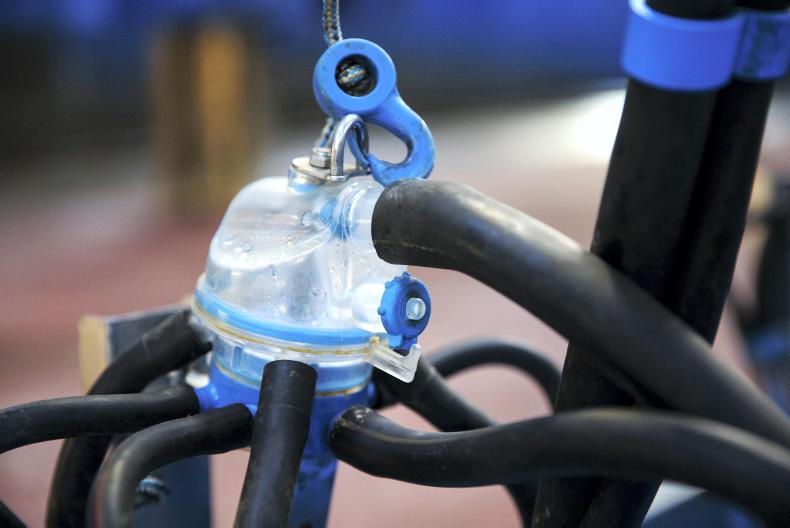Early milk supply surveys from the EU’s top two milk-producing countries show that their production is now catching up with the curve of spring 2015, when farmers were ramping up in preparation for the end of milk quotas.
In European-leader Germany, production overtook 2015 levels at the end of February, according to the dairy market consultancy ZMB. While it remains below last year’s levels, the symbolic threshold illustrates the acceleration in German milk supply.
In France, collections have picked up sharply in the past two weeks and the country is on track to catch up with 2015 and 2016 levels this month if the growth trend is sustained. This comes after very weak production figures throughout last year.
In Britain, too, production is catching up on previous years. While a year-on-year gap of 8% or more was observed during most of last year, this was reduced to 3.6% in January and just 2% in recent weeks. The number of cows slaughtered in the UK dropped by 3.7% in January and, while this covers both the beef and dairy herds, it hints at increased capacity for the coming months.
The end of the Milk Production Reduction Scheme and recovering prices appear to have encouraged European farmers to produce more this year. Overall, Eurostat figures show that the number of cows in the EU’s top 10 milk-producing countries increased by 0.2% last year.
Meanwhile, the US is continuing on its steady growth path and New Zealand projections have been revised up. Originally forecast to fall by 7% this year, Fonterra’s output was recently adjusted to -5% and could end up higher again.
With no corresponding increase in international demand, all this additional production could put milk prices under pressure again in the coming months.
Read more
Powders take a tumble as EU volumes up
Early milk supply surveys from the EU’s top two milk-producing countries show that their production is now catching up with the curve of spring 2015, when farmers were ramping up in preparation for the end of milk quotas.
In European-leader Germany, production overtook 2015 levels at the end of February, according to the dairy market consultancy ZMB. While it remains below last year’s levels, the symbolic threshold illustrates the acceleration in German milk supply.
In France, collections have picked up sharply in the past two weeks and the country is on track to catch up with 2015 and 2016 levels this month if the growth trend is sustained. This comes after very weak production figures throughout last year.
In Britain, too, production is catching up on previous years. While a year-on-year gap of 8% or more was observed during most of last year, this was reduced to 3.6% in January and just 2% in recent weeks. The number of cows slaughtered in the UK dropped by 3.7% in January and, while this covers both the beef and dairy herds, it hints at increased capacity for the coming months.
The end of the Milk Production Reduction Scheme and recovering prices appear to have encouraged European farmers to produce more this year. Overall, Eurostat figures show that the number of cows in the EU’s top 10 milk-producing countries increased by 0.2% last year.
Meanwhile, the US is continuing on its steady growth path and New Zealand projections have been revised up. Originally forecast to fall by 7% this year, Fonterra’s output was recently adjusted to -5% and could end up higher again.
With no corresponding increase in international demand, all this additional production could put milk prices under pressure again in the coming months.
Read more
Powders take a tumble as EU volumes up







 This is a subscriber-only article
This is a subscriber-only article










SHARING OPTIONS: